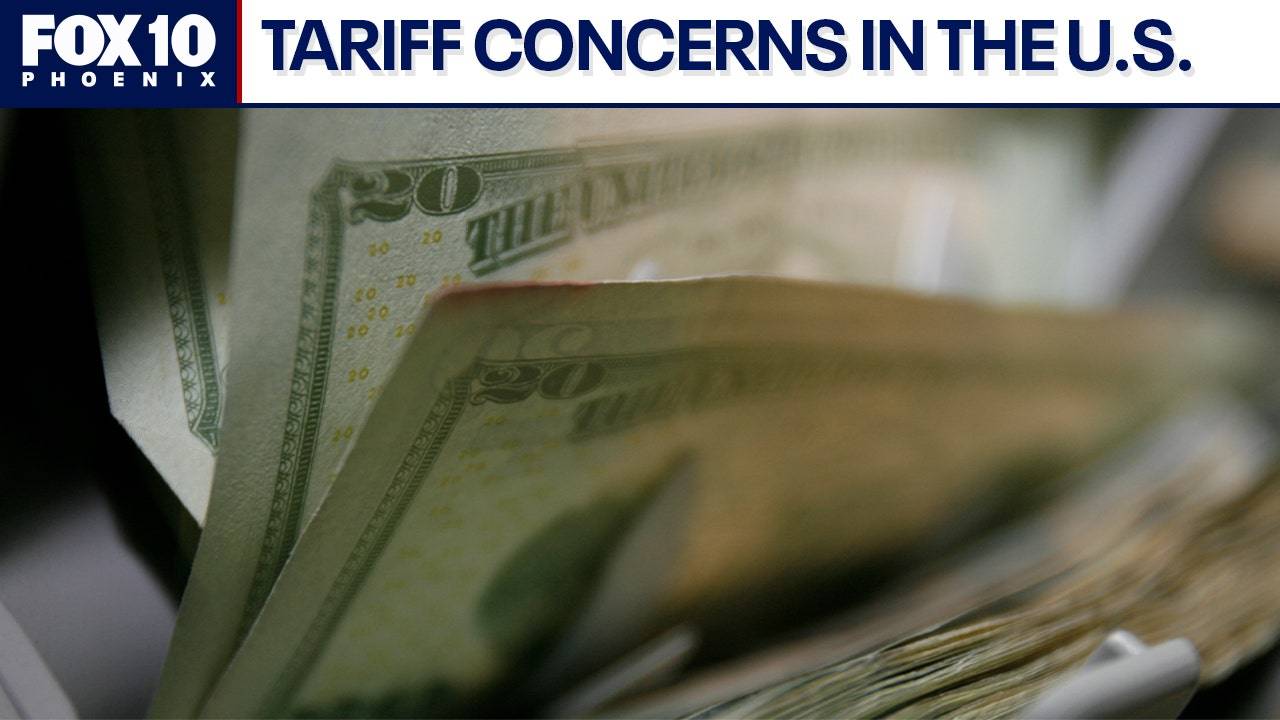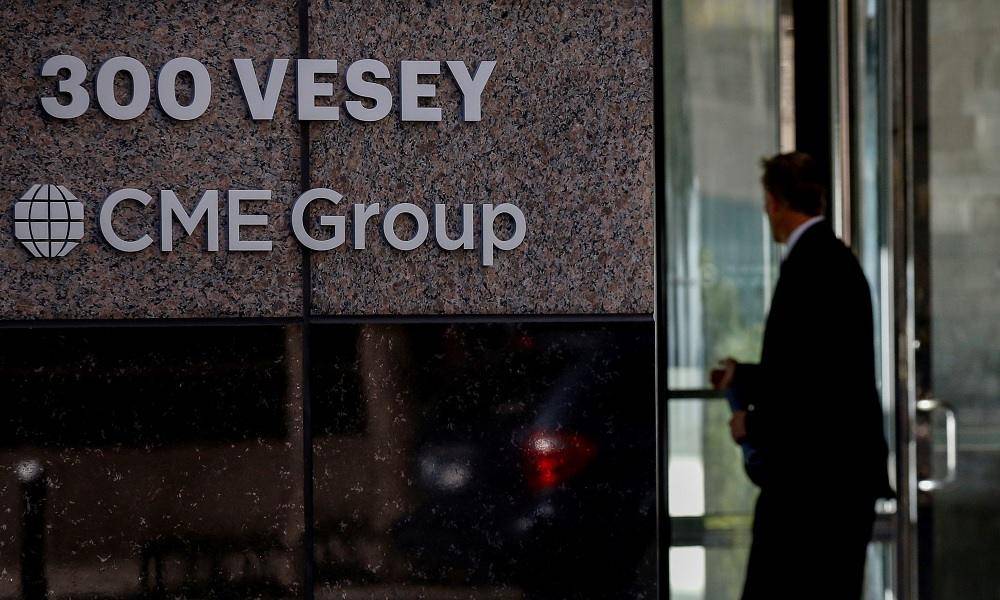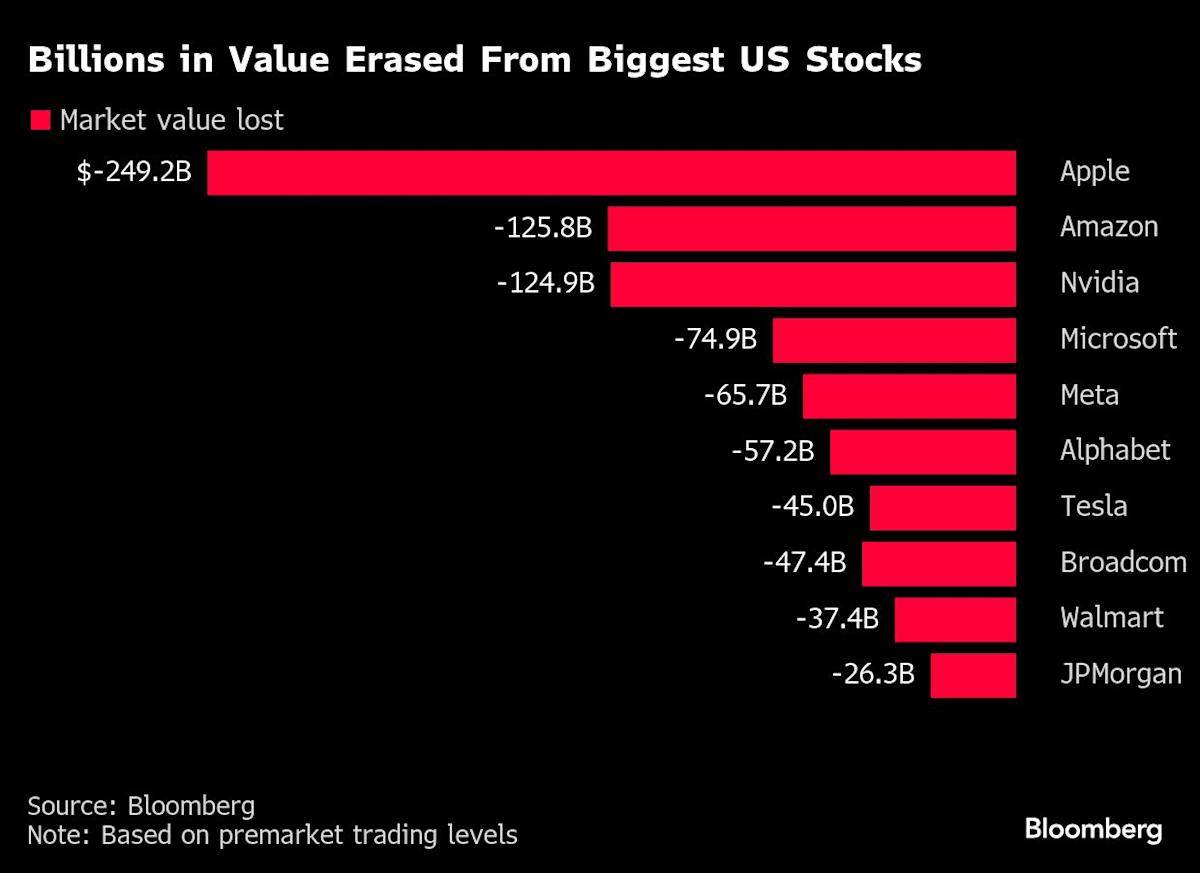2024 saw significant advancements in cryptocurrency adoption, with major financial institutions like BlackRock and Fidelity increasing their investments in the space. The U.S. SEC‘s approval of Bitcoin and Ethereum ETFs marked a substantial leap towards mainstream acceptance, making it easier for investors to engage with these assets without directly handling the cryptocurrencies themselves. This move helped push Bitcoin to new heights, reaching $100,000 at one point, which is crucial for inspiring confidence in digital assets.
Institutional adoption was a defining feature of 2024, with spot Bitcoin ETFs leading the charge. These ETFs allowed traditional investors to participate in Bitcoin’s market without needing to own or manage the cryptocurrency directly.
Stablecoins emerged as vital components of the crypto ecosystem in 2024. Their stability, tied to assets like the U.S. dollar, made them attractive for transactions and cross-border payments. Countries like Singapore tested stablecoin transactions for trade, and their use in regions like Latin America highlighted their potential for financial inclusion.
Tokenization of real-world assets also gained traction. This innovation allowed for fractional ownership of assets such as real estate and luxury items, making investment opportunities more accessible to a wider audience.
DeFi continued to evolve in 2024, with more traditional financial institutions exploring its potential. Major players like Visa and PayPal facilitated crypto payments, integrating blockchain technology into mainstream financial services. This integration underscored the growing belief in the transformative power of blockchain and DeFi.
Memecoins like Dogecoin experienced significant popularity boosts due to their vibrant communities and celebrity endorsements. While these coins are often seen as speculative, they demonstrate the crypto community’s appetite for engaging, albeit volatile, assets.
Regulatory developments played a crucial role in shaping the crypto landscape in 2024. While regulations are still evolving, the U.S. SEC’s approval of ETFs was a significant step toward legitimacy. However, ongoing discussions and debates about regulatory frameworks, particularly concerning anti-money laundering (AML) and Know Your Customer (KYC) laws, pose challenges for widespread adoption.
Looking ahead to the future, several trends are anticipated to continue shaping the cryptocurrency world:
- Increased Institutional Adoption: As more mainstream financial institutions invest in cryptocurrencies, we expect further legitimacy and growth in the sector.
- Advancements in DeFi: The integration of DeFi with traditional finance is likely to accelerate, offering more efficient, transparent, and inclusive financial services.
- Rise of Stablecoins: Stablecoins will remain a cornerstone of crypto transactions, providing stability and reliability in an otherwise volatile market.
- Tokenization Expansion: Tokenization will continue to unlock new investment possibilities by fractionalizing assets across various sectors, from real estate to art.
- Regulatory Clarification: Clearer regulatory frameworks will be crucial for continued growth, although challenges remain in this area.
These predictions highlight a promising future for cryptocurrencies, with ongoing innovations and increased adoption setting the stage for continued growth and integration into the global financial landscape.










